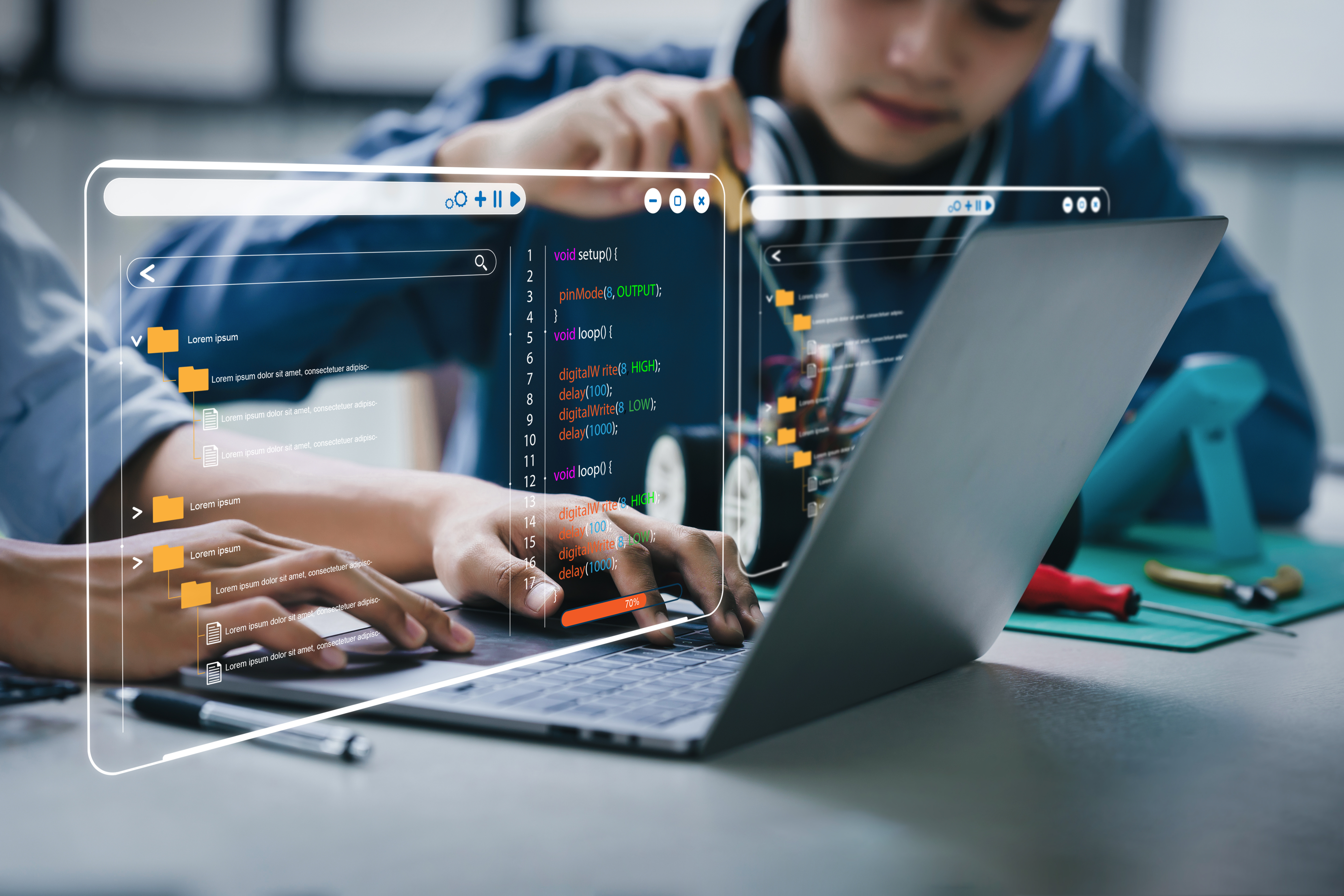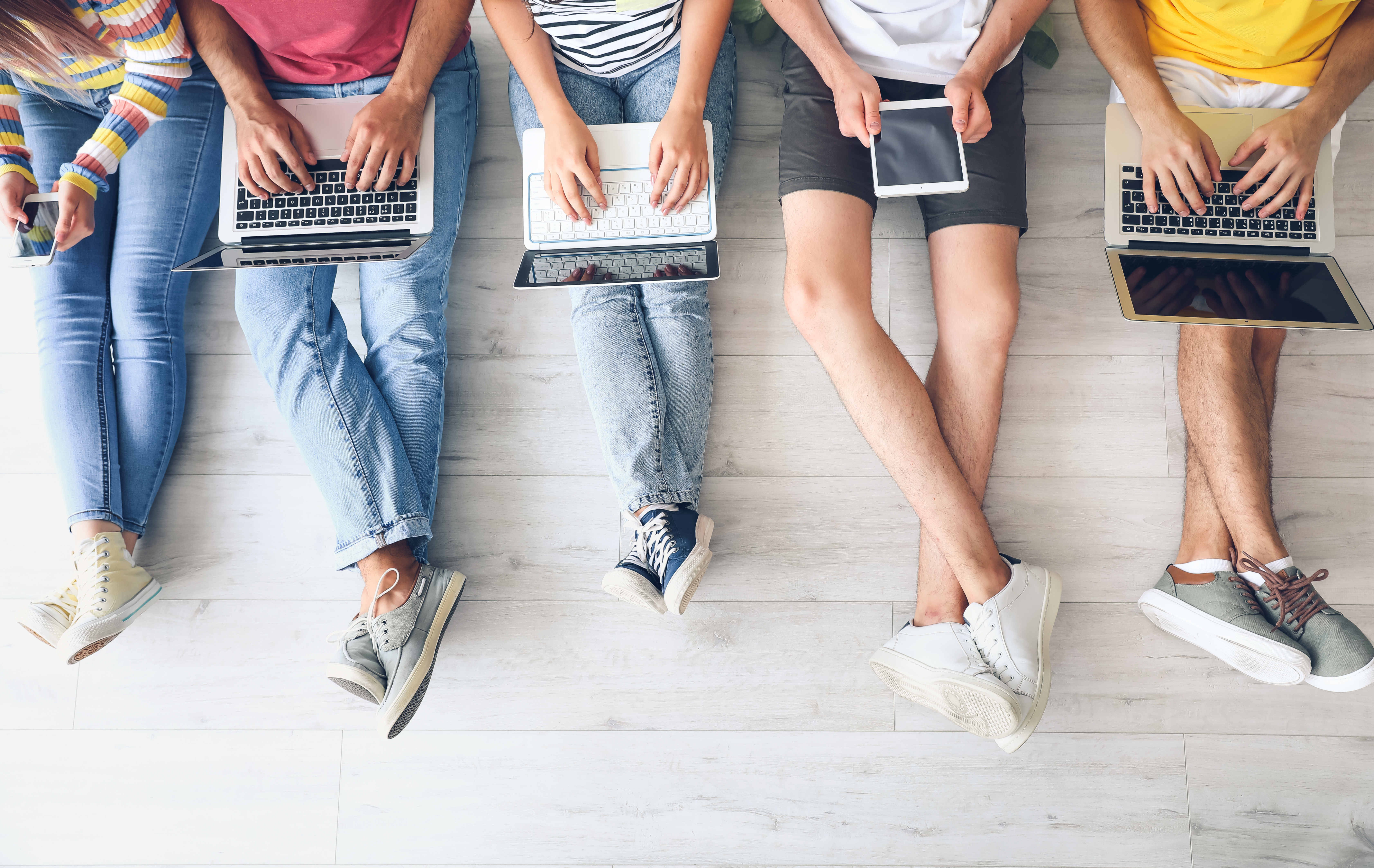Ed Tech Blog

In today’s fast-paced and outcome-focused academic environment, students often concentrate solely on the end result—usually a grade or a test score. While achieving good grades is important, focusing only on the outcome overlooks the rich learning process that occurs along the way. This journey, which includes trial and error, reflection, and strategic adjustments, is where metacognition grows. Metacognition, or thinking about one’s own thinking, is the ability to understand how we learn, evaluate our progress, and adapt our approaches. Students who develop strong metacognitive skills tend to become more independent learners, capable of tackling new challenges with confidence and flexibility. Unfortunately, many students move through school without fully developing this critical skill, often mistaking memorization for understanding. Fortunately, teachers can foster metacognition in subtle but meaningful ways by giving students time to reflect, building their confidence, and encouraging them to value the “in-between” moments that are often overlooked.
The Importance of Time in Developing Metacognition
Developing metacognition is not something that happens instantly. It requires time for students to process new information, test different approaches, and reflect on their understanding. In many classrooms, however, the pressure to cover curriculum content quickly can make it difficult for students to slow down and engage deeply with their thinking. When learning is rushed, students may focus on completing tasks or getting answers right rather than understanding the reasoning behind their work. By intentionally building pauses for reflection into lessons, teachers can create the space students need to develop metacognitive habits. For instance, after introducing a complex concept, a teacher might encourage students to think quietly about what they have understood so far, what remains unclear, and what strategies they have tried when solving related problems. These moments of deliberate reflection help students shift from simply following instructions to becoming aware of their own...
Read more: Building Confidence and Reflection: Helping Students Embrace the Learning Journey

In today’s classrooms, teaching students how to think and learn independently is just as important as teaching them the subject matter itself. Mathematics, in particular, requires a balance between skill mastery and the ability to approach problems creatively. Yet, many students arrive with vastly different skill levels and attitudes toward math. Some eagerly jump into challenges, while others hesitate, convinced they simply aren’t “math people.” One way to bridge this divide is by fostering student autonomy—giving learners more control over their learning journey. When students are given structured opportunities to make decisions about how they work, they become more engaged, more confident, and better equipped to tackle complex problems.
Technology plays a vital role in creating these opportunities. By integrating digital tools into a consistent daily routine, teachers can create an environment where students learn to manage their own progress, choose strategies that work for them, and take responsibility for their success. Rather than passively waiting for instructions, students begin to actively shape their learning experience. Over time, this shift transforms the classroom into a space where every learner feels capable of growing at their own pace.
Why Autonomy Matters in Math
Mathematics is often perceived as a rigid subject...
Read more: A Teacher’s Guide to Building Student Independence in Math Through Daily Routines

Many children are told to “study harder,” yet surprisingly few are taught exactly how to study in a way that works. Studying is not simply about sitting in front of an open book until information sinks in. It is a skill — one that can be learned, practiced, and refined over time. The start of a new school year is the perfect opportunity for parents and teachers to help children develop strong study habits that will not only improve their grades but also build a foundation for lifelong learning.
Establishing a Consistent Study Schedule
Children thrive on predictability. Creating a consistent study schedule helps them form a routine and develop discipline around learning. When study time is set for the same time each day, it becomes a natural part of the daily rhythm rather than a dreaded, last-minute obligation. For some children, studying right after school works best, as the lessons are still fresh in their minds. Others may benefit from a short break before diving into their assignments. The key is to find a time that works and stick to it. Over time, this consistency will train the brain to switch into learning mode at the designated hour, making...
Read more: Teaching Kids How to Study: Skills for Academic Success and Beyond

In an era defined by rapid technological advancement and dynamic global challenges, the classroom must evolve to prepare students not just for academic success, but for a future where adaptability, digital fluency, and creativity are essential. One powerful way to achieve this is by integrating technology into Project-Based Learning (PBL). This fusion brings together the best of both worlds—real-world problem-solving and hands-on digital engagement—creating a learning environment where students don’t just consume knowledge but actively create and shape it.
What Is Project-Based Learning?
At its core, Project-Based Learning is an instructional methodology that encourages students to learn by engaging with complex questions, real-world challenges, and authentic problems. Rather than relying on traditional tests or worksheets, students in PBL environments explore topics over extended periods and produce tangible outcomes—such as presentations, models, or reports—that demonstrate their understanding. When technology is intentionally embedded into these projects, it elevates learning by enabling students to explore, collaborate, and communicate in ways that would otherwise be impossible.
Empowering Student Agency Through Technology
One of the most compelling benefits of integrating technology into PBL is the way it fosters student agency. Technology provides a wide array of tools and platforms that students can use to explore...
Read more: Empowering Student Voice: Integrating Technology into Project-Based Learning

In the 21st century, education is undergoing a significant transformation. The rise of Artificial Intelligence (AI) is not just reshaping industries—it is redefining how we teach, learn, and prepare for the future. Integrating AI tools into the classroom equips students with far more than just technical skills. It prepares them to think critically, solve complex problems, adapt to changing technologies, and thrive in an AI-driven world. When students are given access to the leading AI tools, they don’t just learn better—they learn smarter. Below, we explore the major advantages of giving students early and consistent exposure to advanced AI technologies in their academic journeys.
Personalized Learning for Every Student
One of the most powerful advantages of AI in education lies in its ability to personalize learning experiences. Traditional teaching methods tend to follow a one-size-fits-all approach, where every student receives the same instruction, regardless of their pace, background, or learning style. This approach often leaves some students behind while others feel unchallenged. AI tools, on the other hand, adapt to individual needs in real-time.
For example, platforms like Khan Academy and Squirrel AI use machine learning algorithms to track a student’s progress and automatically adjust the difficulty level of the...
Read more: Top Benefits of Using AI Tools in Education: Why Students Need Them Now

In the dynamic landscape of modern education, technology is no longer a peripheral tool—it's a foundational component of how students learn and how educators teach. Classrooms have evolved from chalkboards and textbooks to smartboards, tablets, cloud-based learning management systems, and AI-driven instructional tools. But despite the abundance of devices and platforms, technology in itself is not a silver bullet. What truly drives impactful change is the strategic collaboration between IT departments and curriculum leaders.
Districts across the country are discovering that when these two forces work in sync, technology adoption becomes smoother, more thoughtful, and genuinely transformative. Instead of struggling to adapt to isolated systems, teachers feel supported, tools are better aligned with learning goals, and students benefit from an enhanced educational experience. This shift—from fragmented implementation to integrated planning—marks a significant evolution in how schools use technology to support instruction.
Bridging Two Worlds: IT Meets Curriculum
Historically, technology teams in schools have focused on technical issues: internet connectivity, cybersecurity, software updates, and device management. Meanwhile, curriculum teams have been responsible for pedagogical decisions, lesson planning, assessments, and instructional standards. While both areas are vital, their paths often operated independently, resulting in mismatched tools and missed opportunities.
However, with the...
Read more: Bridging the Gap: How K–12 Schools Are Uniting IT and Instruction to Make EdTech Work
- How to Help Students Remember More: Practical Tips to Overcome the Forgetting Curve
- How K–12 Schools Can Safely Integrate AI Tools into Their Digital Ecosystems
- Empowering Digital Self-Agency: How Values-Driven Teaching Builds Healthy Tech Habits in Teens
- Capturing Young Minds: Creative Strategies to Engage Early Learners
